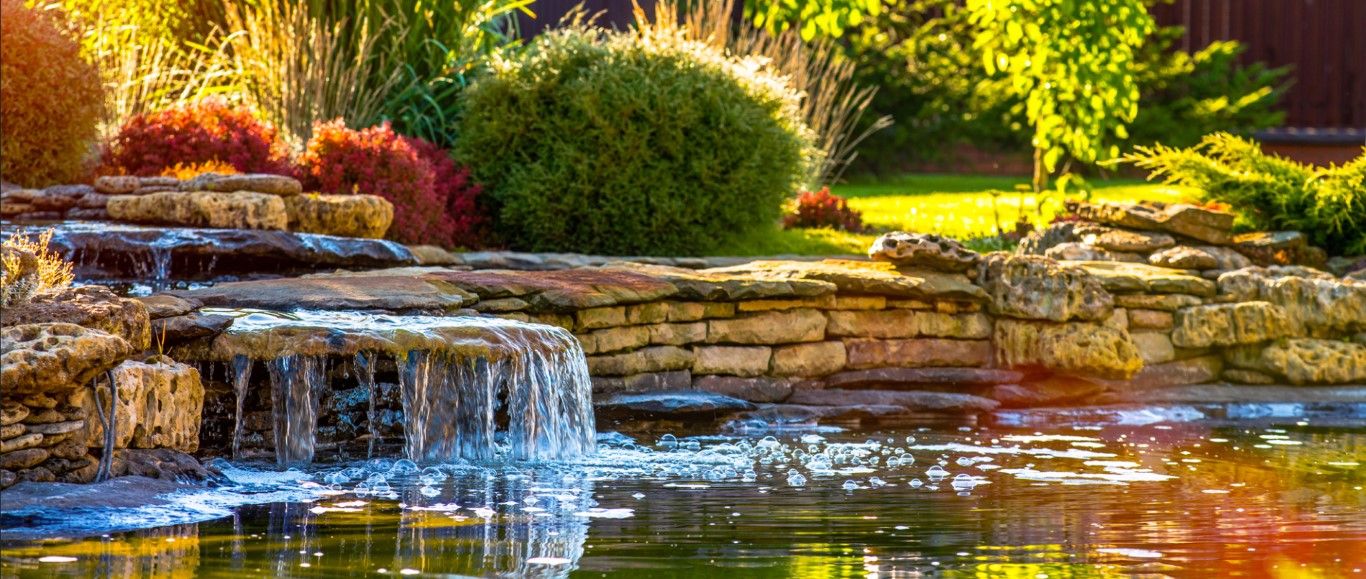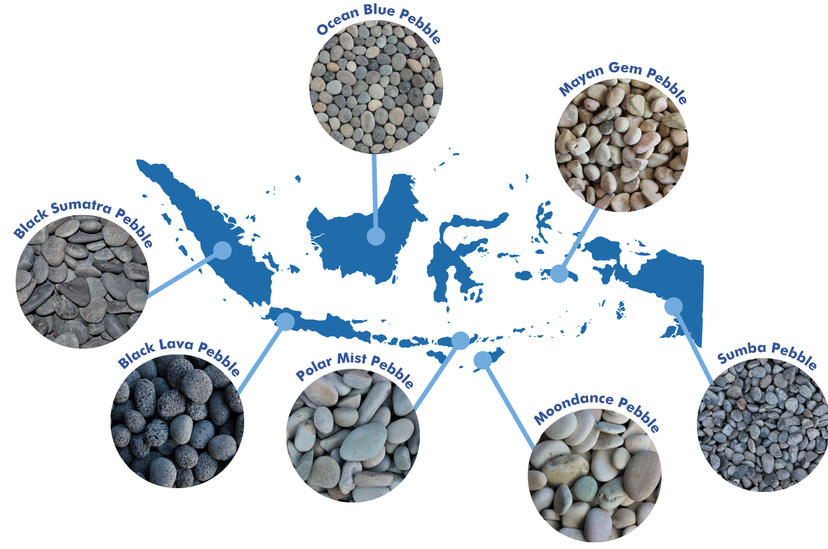Indonesian Stone: A Geological Exploration
Indonesian Stone: A Geological Exploration
Explore the rich geological landscape of Indonesia, a country renowned for its diverse and abundant natural stone resources. This post examines the geology of Indonesia, compares it with New Zealand’s geological features, and investigates the types of rock that are quarried in Indonesia.
The Geology of Indonesia
Indonesia's archipelago stretches across a volatile section of the Earth’s crust. It is part of the Pacific Ring of Fire, where multiple tectonic plates converge, causing frequent volcanic activity and creating a landscape rich with diverse geological formations. This geological activity has given rise to a unique variety of stones, each with its distinct characteristics and uses.
Comparing Geologies: Indonesia and New Zealand
Both Indonesia and New Zealand sit on the Pacific Ring of Fire, resulting in significant volcanic activity and a rich variety of geological formations. However, there are notable differences:
- Volcanic Activity: Both countries have active volcanoes, but Indonesia’s are more numerous and spread across its many islands, contributing to a greater diversity of volcanic rocks.
- Rock Types: New Zealand’s geology features a mix of volcanic and sedimentary rocks, while Indonesia’s islands are predominantly volcanic and have a more extensive range of igneous rock formations.
Types of Rock Quarried in Indonesia
Indonesia is known for its mining of decorative stone and construction materials. Commonly quarried rocks include:
- Andesite: Predominantly found in Java, this volcanic rock is often used in paving and architectural details.
- Basalt: Known for its durability and dark colour, it is frequently used both in local and international construction projects.
- Marble and Limestone: Quarried in areas like Sulawesi, these sedimentary rocks are valued for their aesthetic appeal and versatility.
Take a look at where our Indonesian Pebble varieties come from:
Indonesian Stones at Stone & Water World
Stone & Water World proudly offers a selection of premium pebble stones sourced directly from various Indonesian islands, each with unique hues and textures:
- Moondance Pebble: Sourced from the island of Timor, these pebbles are known for their smooth texture and soft creamy white tones. These are popular for use indoors, as a decorative pebble mulch on house plants as well as outdoors, to create dramatic contrast along pathways and around features.
- Black Sumatra Pebble: These dark, polished pebbles come from Sumatra and are ideal for creating bold, contrasting features in landscaping.
- Black Lava Pebble: Extracted from Java, the volcanic origin of these pebbles offers a porous texture perfect for water features.
- Ocean Blue Pebble: As the name suggests, these blue-toned pebbles from Borneo evoke the colour of the ocean, making them popular in aquariums and decorative water settings.
- Mayan Gem Pebble: Originating from Maluku, these pebbles are prized for their rich, variegated colours that resemble precious gems. The Mayan Gem pebbles have subtle pink, yellow and green tones.
- Polar Mist Pebble: These striking mist-green-toned pebbles from Flores offer a bright, clean look, excellent for modern landscaping.
- Sumba Pebble: From the island of Alor, Sumba Pebbles are known for their rustic charm and earthy tones.
The geological diversity of Indonesia not only shapes its landscapes but also provides a wealth of natural resources used globally. At Stone & Water World, we celebrate this diversity by bringing a piece of Indonesia’s geological richness to New Zealand, allowing you to incorporate these exotic elements into your own space.
If you enjoyed this blog post, you might also enjoy:
- A guide to New Zealand Schist, Pebble & Riverstone
- How to: Create a Pebble and Stone Pathway
- How to: Choose the Right Stone for your Patio or Pathway
- 10 Create Ways to use Pebbles



